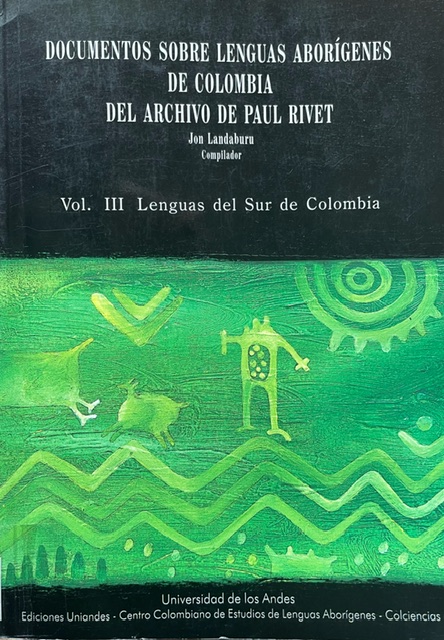| 000 -Líder |
|---|
| Campo de control de longitud fija |
05034nam a22002897a 4500 |
| 003 - Identificador del número de control |
|---|
| campo de control |
CO-BoICC |
| 005 - Fecha y hora de la última transacción |
|---|
| campo de control |
20210310225315.0 |
| 007 - Campo fijo de descripción fija -- Información general |
|---|
| Campo de control de longitud fija |
ta |
| 008 - Elementos de longitud fija -- Información general |
|---|
| Campo de control de longitud fija |
210310s1993 dcua gr || 000 0 eng d |
| 020 ## - ISBN |
|---|
| Número Internacional Normalizado del libro (NR) |
0878401288 |
| 020 ## - ISBN |
|---|
| Número Internacional Normalizado del libro (NR) |
01867207 |
| 040 ## - Fuente de catalogación |
|---|
| Agencia de catalogación original |
CO-BoICC |
| Idioma de catalogación |
spa |
| 041 0# - Código de idioma |
|---|
| Código de idioma para texto/pista de sonido o título separado |
eng |
| 082 04 - Número de clasificación decimal Dewey |
|---|
| Número de clasificación |
401.93 |
| Signatura librística |
ST898 |
| Número de la edición |
22 |
| 245 00 - Mención del título |
|---|
| Título |
Strategic interaction and language acquisition |
| Parte restante del título |
theory, practice and research |
| Mención de responsabilidad, etc. |
James E. Alatis, editor |
| 260 ## - Publicación, distribución, etc. (Pie de imprenta) |
|---|
| Lugar de publicación, distribución, etc. |
Washington, D.C. |
| Nombre del editor, distribuidor, etc. |
Georgetown University Press |
| Fecha de publicación, distribución, etc. |
1993 |
| 300 ## - Descripción física |
|---|
| Extensión |
612 páginas |
| Otros detalles físicos |
ilustraciones, diagramas, tablas |
| Dimensiones |
23 cm. |
| 490 0# - Mención de serie |
|---|
| Mención de serie |
Georgetown university round table on languages and linguistics |
| Designación numérica/secuencial del volumen |
1993 |
| 504 ## - Nota de bibliografía, Etc. |
|---|
| Nota de bibliografía, Etc. |
Incluye referencias bibliográficas |
| 505 0# - Nota de contenido con formato preestablecido |
|---|
| Nota de contenido con formato preestablecido |
1. Some Unexpected Consequences of the Input HypothesisStephen Krashen 2. Learning from Input in L1 and L2Catherine Snow 3. Teaching for Strategic Learning: Theory and PracticeAnna Uhl Chamot and J. Michael O'Malley 4. From Words to Worlds: Language Learning through Process DramaCecily O'Neill 5. The Concept of "Rehearsal" in Strategic InteractionDeryn P. Verity 6. Stating Opinions in Japanese: Listener-Dependent StrategiesShoko Okazaki 7. Fine Tuning of Feedback by Competent Speakers to Language LearnersCatherine Doughty 8. Using Strategic Interaction in the Teaching of WritingRuth Jackson 9. Learning Strategies, Tasks, and Activities in Oral Communication InstructionJoan Morley 10. Creating a Learning Community: Community Language Learning for the NinetiesKarin Ryding 11. Marriage for Life: Theory, Research, and PracticeSuzanne Flynn 12. Strategic Interaction: Issues and Application to Second Language Teaching and AcquisitionElahe Mir-Djalali 13. Japanese Dictionaries and Schadenfreude: Editorial Practices and National Prejudices in Japanese Bilingual DictionariesDon R. McCreary 14. Sociocultural Theory and the Second-Language Classroom: The Lesson of Strategic InteractionJames P. Lantolf 15. The Concept of Kernel Sentences as It Applies to Language AcquisitionAhmed Mouakket 16. Foreign Language Learning in the Kindergarten: A Teaching Model and Some Resulting Language-Acquisition StrategiesTraute Taeschner17. Strategic Integration: Preparing Language and Content Teachers for Linguistically and Culturally Diverse ClassroomsJoAnn Crandall 18. A Comparative View of English Teaching Policies in an International World with a Focus on Japanese TEFL PolicyIkuo Koike 19. Strategic Interaction and the Teaching of Writing: A Comparative Study of Scenarios vs. Traditional Prompts as Stimuli for ESL EssaysLouis A. Arena 20. An Investigation of the Effects of Texts and Tasks on Listening Comprehension: Some Evidence from RussianIrene Thompson 21. The Place of Input in the Scenario ApproachFrederick J. Bosco 22. The Computer's Guide to PersonsWilliam Frawley 23. Ego Boundaries Revisited: Toward a Model of Personality and LearningMadeline E. Ehrman 24. Variations on the Scenario: Cooperative and Critical Thinking in the Literature-Based ClassroomVirginia Mayer 25. How Is Strategic Memorable? How Memorable Is "Strategic"?Earl W. Stevick 26. Students' Concepts of Di Pietro's Strategic Interaction: The ScenarioJoseph A. Wieczorek 27. Conflicting Argumentative Strategies in the ClassroomChristina Kakava 28. Learner-Centered Activities: The Good, the Bad, and the UglyNadine O'Connor DiVito 29. Interlanguage Talk: The Relation between Task Types and Communication Strategies among EFL Arab LearnersRajai Khanji 30. Peace to the World! The Contribution of Foreign-Language Teaching to the Goal of World PeaceReinhold Freudenstein 31. Variability in Foreign Language EducationAoi Tsuda 32. The L2 Kindergarten Teacher as a Territory MarkerJosep Maria Artigal 33. Making Study Abroad More EffectivePhyllis J. Dragonas 34. The "Strategic Interaction" View of Language: Robert J. Di Pietro's Vichian Paradigm for Theoretical and Applied LinguisticsMarcel Danesi 35. On the Implementation of Inservice Teacher Education in an Institutional ContextFrederick J. Jackson 36. After Method: Toward a Principled Strategic Approach to Language TeachingH. Douglas Brown 37. The Structure of the Lexicon and Language TeachingDieter Kastovsky 38. Strategic Interaction: Can It Be a Relief for Foreign-Language Classrooms?Masaki Oda 39. Gender Differences in Styles and Strategies for Language Learning: What Do They Mean? Should We Pay Attention?Rebecca Oxford 40. Lexical Phrases and Strategic InteractionJeanette S. DeCarrico and James R. Nattinger 41. Strategic Interaction and Task KnowledgeAnita L. Wenden 42. The Use of Scenarios in the Classroom for the Development of Higher-Level Foreign-Language SkillsLinda Smith Rutledge 43. Report of the Pilot Study of Learning Strategies for the Japanese Language ClassroomJill Robbins |
| 541 ## - Nota de fuente inmediata de adquisición |
|---|
| Fuente de adquisición |
Dirección ICC |
| Método de adquisición |
Donación |
| Fecha de adquisición |
13/07/2017 |
| Precio de compra |
Precio tomado de Amazon 177472 |
| 591 ## - Áreas temáticas |
|---|
| Áreas temáticas |
Lenguaje y lenguas |
| 650 17 - Asiento secundario de materia -- Término temático |
|---|
| Fuente del encabezamiento o término |
ARMARC |
| Término temático o nombre geográfico como elemento de entrada |
Adquisición del lenguaje |
| 650 27 - Asiento secundario de materia -- Término temático |
|---|
| Fuente del encabezamiento o término |
ARMARC |
| Término temático o nombre geográfico como elemento de entrada |
Lenguaje y lenguas |
| 700 1# - Asiento Secundario--Nombre personal |
|---|
| Nombre personal |
Alatis, James E. |
| Término de relación |
editor |
| 942 ## - Tipo de Material (KOHA) |
|---|
| Tipo de Item |
Libros |




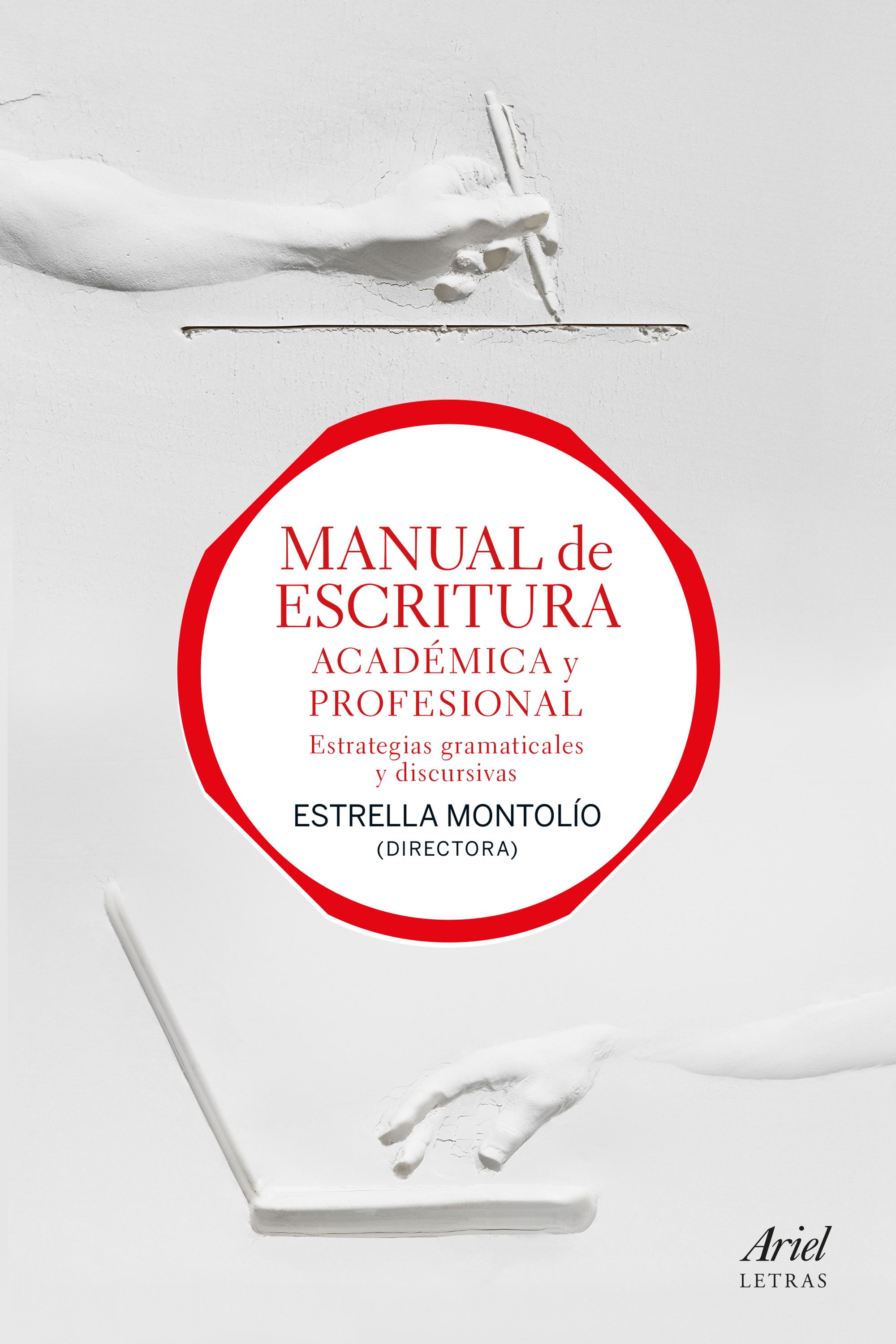

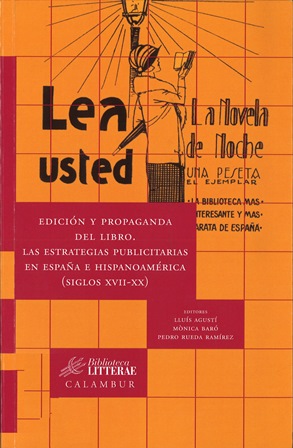
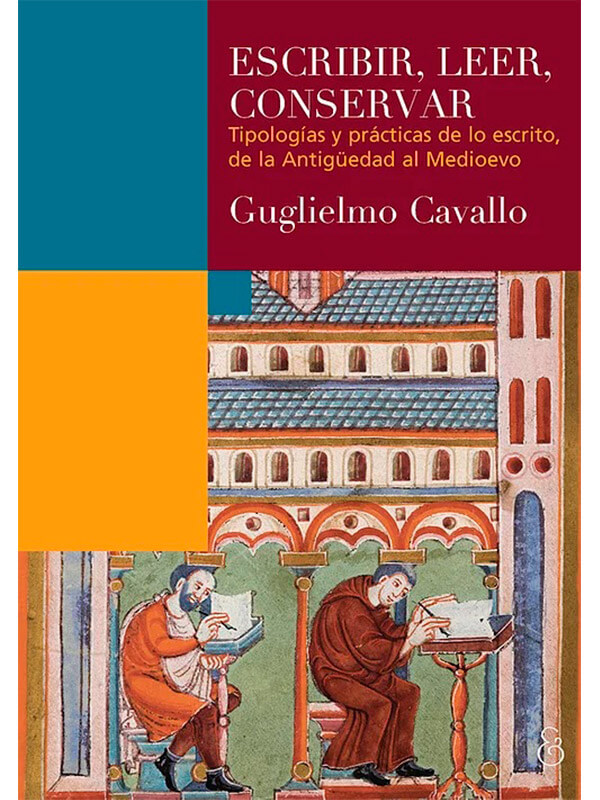

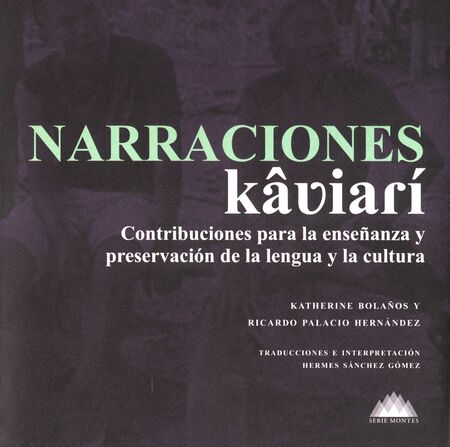
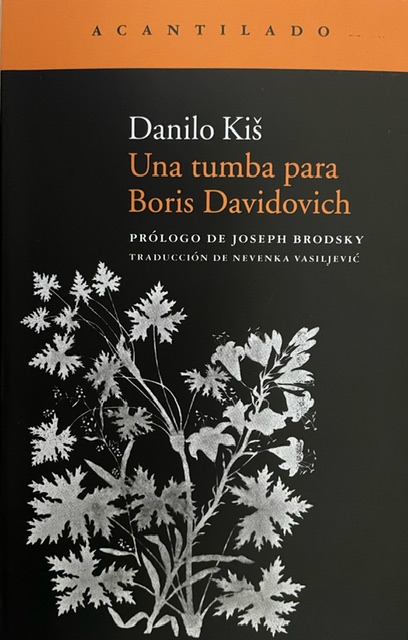
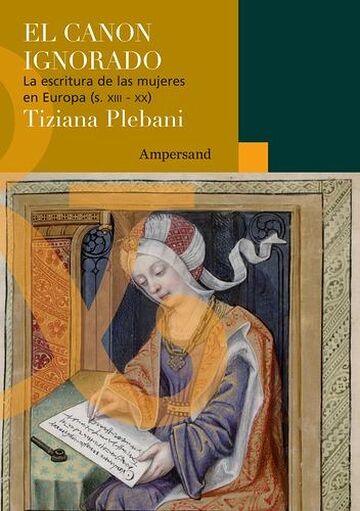
![Los indios katíos: Su cultura [y] su lengua / Constancio Pinto García Los indios katíos: Su cultura [y] su lengua / Constancio Pinto García](https://biblioteca.caroycuervo.gov.co/opac-tmpl/bootstrap/images/Portada9.jpg)
